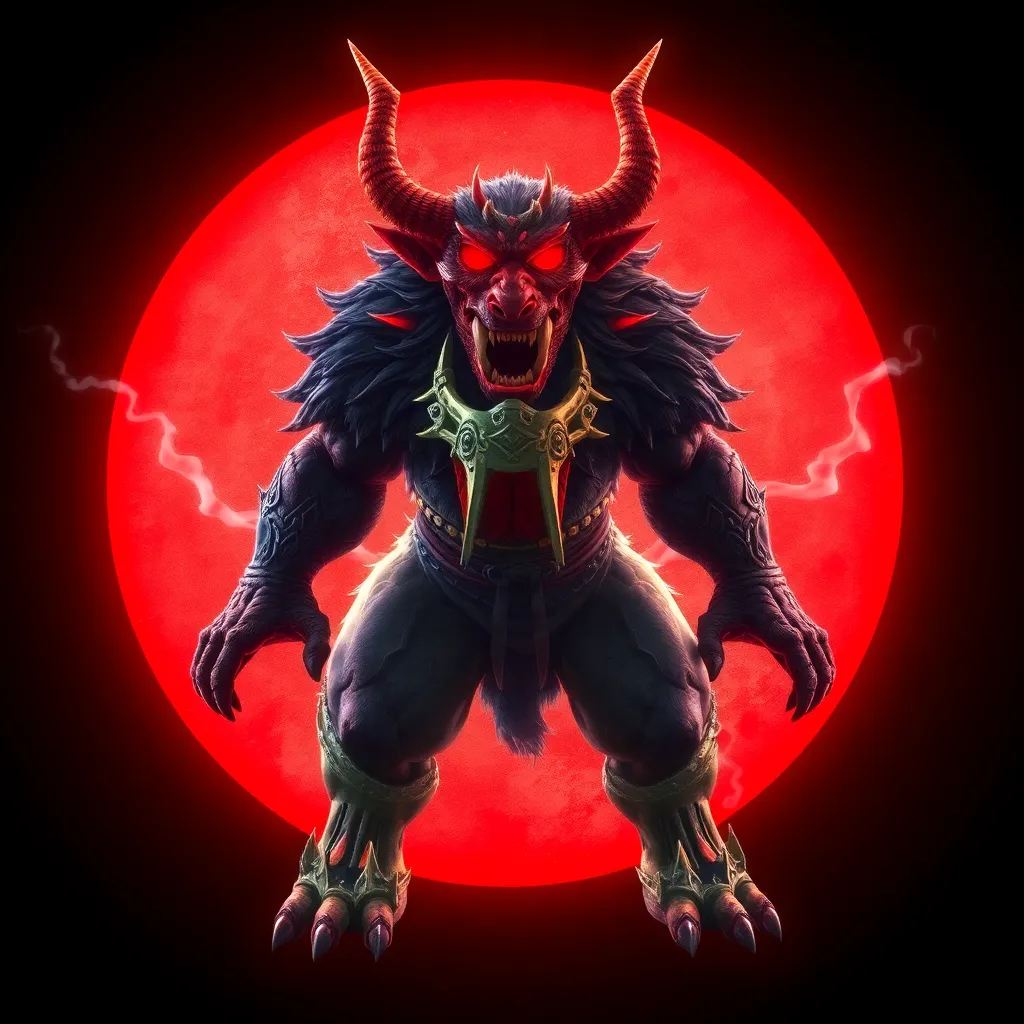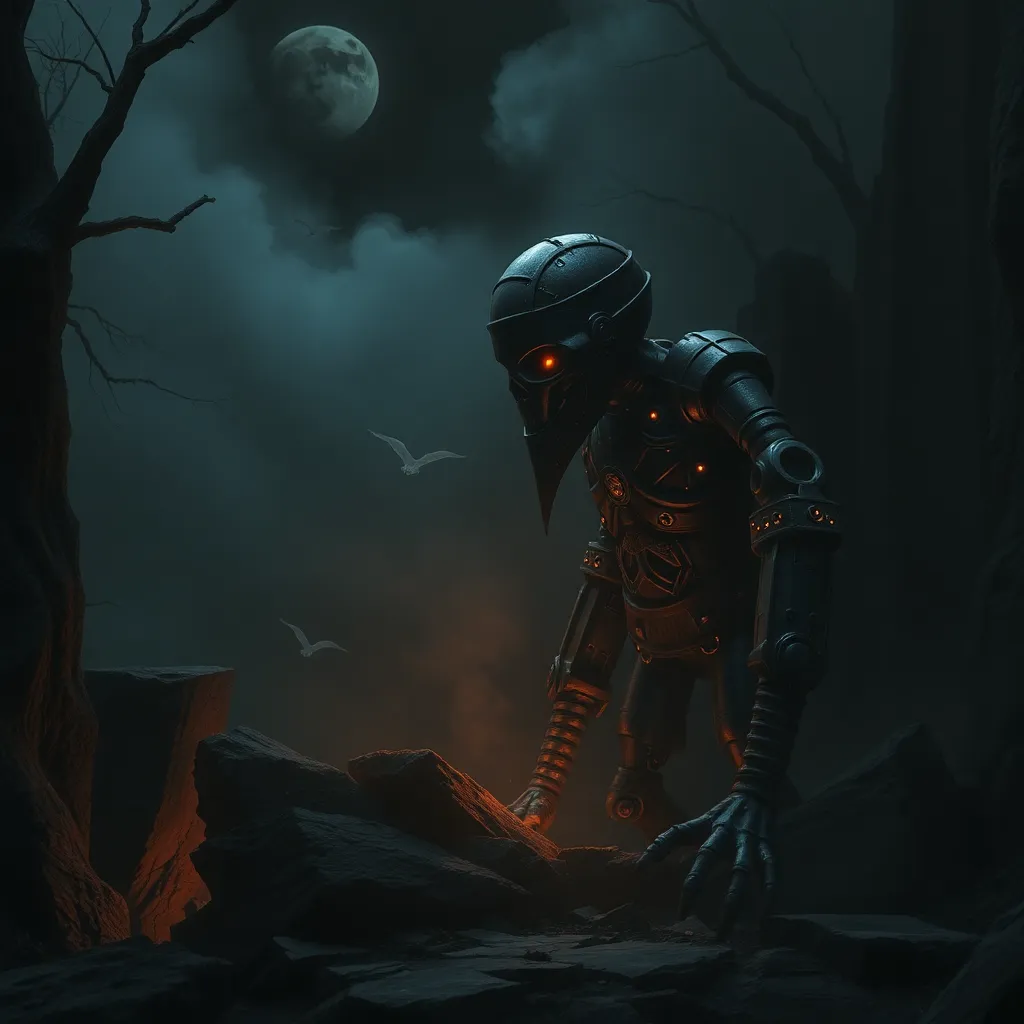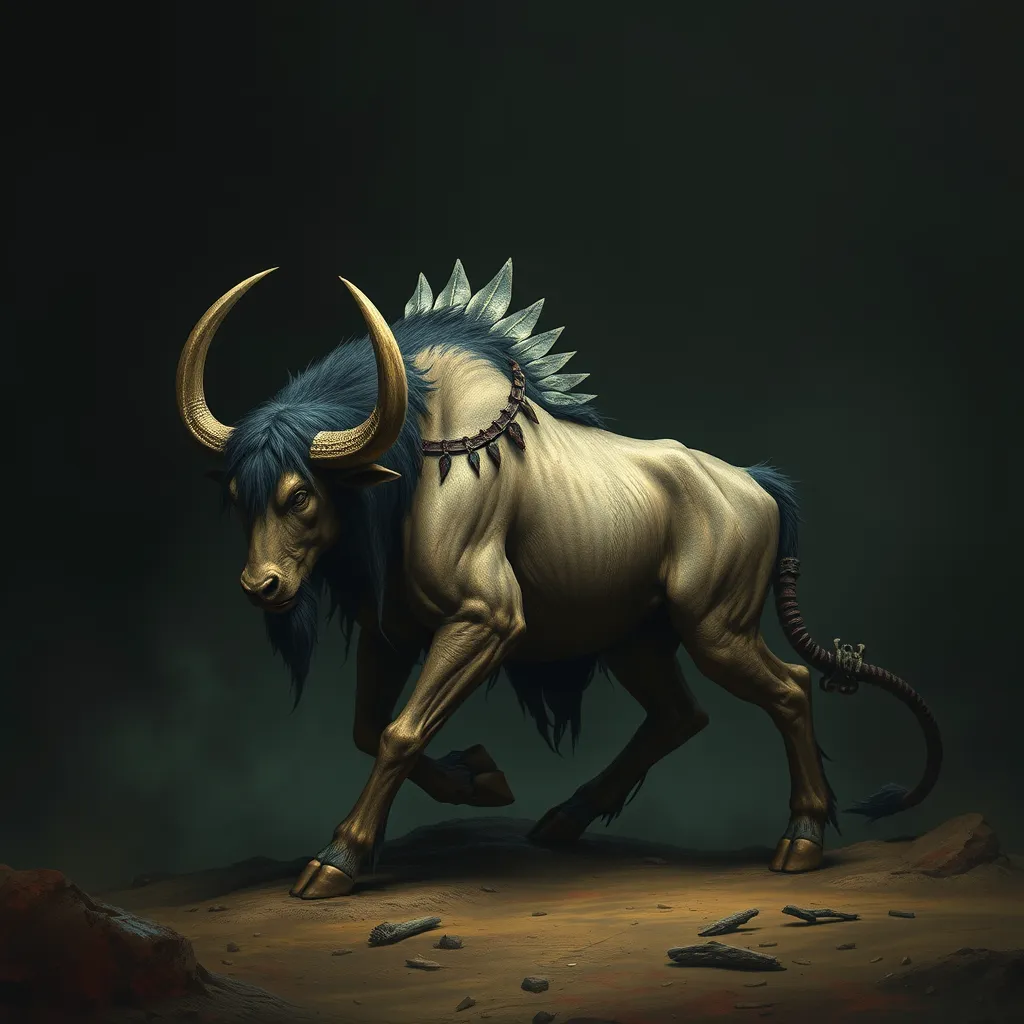The Goddess of the Crossroads: Exploring Coatlicue’s Connection to the Intersection of Different Worlds
I. Introduction to Coatlicue
Coatlicue, the Aztec goddess, holds a prominent place in Mesoamerican mythology as a figure embodying the dualities of life and death. Revered as the mother of gods, she is a complex deity representing fertility, creation, and the transformative processes of nature. Her significance lies not only in her maternal role but also in her unique dual nature, encompassing both nurturing and fearsome aspects.
The purpose of this article is to delve into the multifaceted nature of Coatlicue, exploring her connections to the crossroads of existence, where different worlds converge. By examining her symbolism, mythological background, and cultural relevance, we can gain a deeper understanding of her enduring impact on spirituality and identity.
II. The Symbolism of the Crossroads
Crossroads have long held a significant place in various cultures, symbolizing the intersection of paths, choices, and transitions. These places are often viewed as sacred spaces where the physical and spiritual realms meet, serving as gateways to the unknown.
- In many traditions, crossroads are seen as sites of decision-making, where individuals must choose between different directions in life.
- Metaphorically, they represent moments of change, growth, and transformation.
Coatlicue embodies this symbolism as a representation of choices and transitions. Her existence challenges individuals to confront their dualities, navigate their life paths, and embrace the complexities of their identities.
III. Coatlicue’s Mythological Background
Coatlicue’s origin stories are rich and varied, reflecting her importance in Aztec cosmology. She is often depicted as the mother of several significant deities, including Huitzilopochtli, the god of war, and Coyolxauhqui, the moon goddess.
In one of the most famous narratives, Coatlicue becomes pregnant after acquiring a set of sacred feathers, leading to the birth of Huitzilopochtli. This myth illustrates her role as a maternal figure and the embodiment of creation. Additionally, the story of her transformation into the fearsome goddess with a skirt of serpents and a necklace of human hearts signifies her connection to both life and death.
IV. Coatlicue and the Underworld
Coatlicue’s connection to Mictlan, the Aztec underworld, adds another layer to her symbolism. As the goddess of both life and death, she represents the cyclical nature of existence. In Aztec belief, Mictlan is the final resting place for souls, where they undergo transformation before moving on to the afterlife.
The duality of life and death is intrinsic to Coatlicue’s symbolism. She embodies the understanding that death is not an end but a transition, ultimately leading to rebirth and renewal. In this sense, Coatlicue acts as a guide between worlds, helping souls navigate the transition from life to death and beyond.
V. The Intersection of Cultures and Identities
Coatlicue serves as a powerful symbol of cultural syncretism, particularly in the context of the blending of indigenous and colonial narratives. Following the Spanish conquest of the Aztec Empire, many indigenous deities, including Coatlicue, were transformed into symbols of resistance against colonial oppression.
Modern interpretations of Coatlicue continue to evolve, reflecting the complexities of identity in a multicultural world. Artists, writers, and activists draw upon her imagery to express themes of resilience, empowerment, and the embracing of dual identities.
VI. Rituals and Worship of Coatlicue
The historical practices and ceremonies dedicated to Coatlicue reveal the depth of her veneration among the Aztecs. Rituals often included offerings of food, flowers, and even human sacrifices, underscoring her significance in the agricultural and spiritual life of the community.
Offerings and altars dedicated to Coatlicue were common, serving as focal points for worship and connection with the divine. In contemporary contexts, rituals honoring her have adapted, incorporating elements of traditional practices while also embracing modern spirituality.
VII. Coatlicue in Art and Literature
Coatlicue has been depicted in various forms of art throughout history, particularly in pre-Columbian works. Her striking imagery, characterized by her serpent headdress and fierce demeanor, conveys her powerful presence and dual nature.
In modern literature and popular culture, Coatlicue’s influence can be seen in various narratives that explore themes of identity, transformation, and cultural heritage. Artists and writers often reinterpret her symbolism to comment on contemporary issues, bridging past and present.
Artistic interpretations of Coatlicue invite analysis of her broader meaning, reflecting the complexities of womanhood, motherhood, and the intersection of cultural identities.
VIII. Conclusion
In conclusion, Coatlicue stands as a multifaceted figure representing the goddess of the crossroads. Her aspects—creation and destruction, life and death—underscore the importance of embracing duality and the complexities of existence. As a symbol of cultural syncretism and resilience, her myth remains relevant in today’s world, encouraging individuals to navigate their own intersections with courage and grace.
Ultimately, the exploration of Coatlicue’s symbolism invites us to reflect on our choices, the paths we take, and the diverse identities we embody. By understanding and honoring such dualities, we can foster a more inclusive perspective on the human experience.




